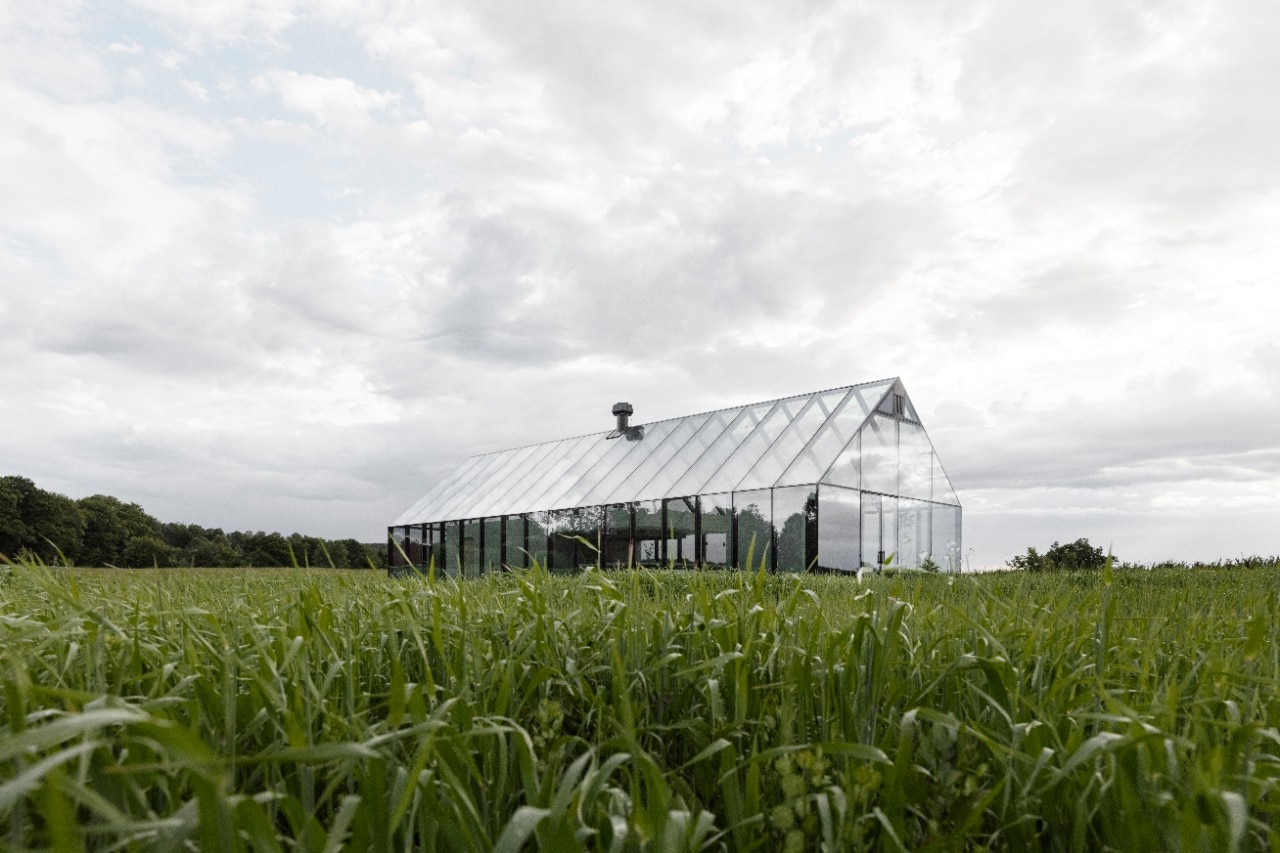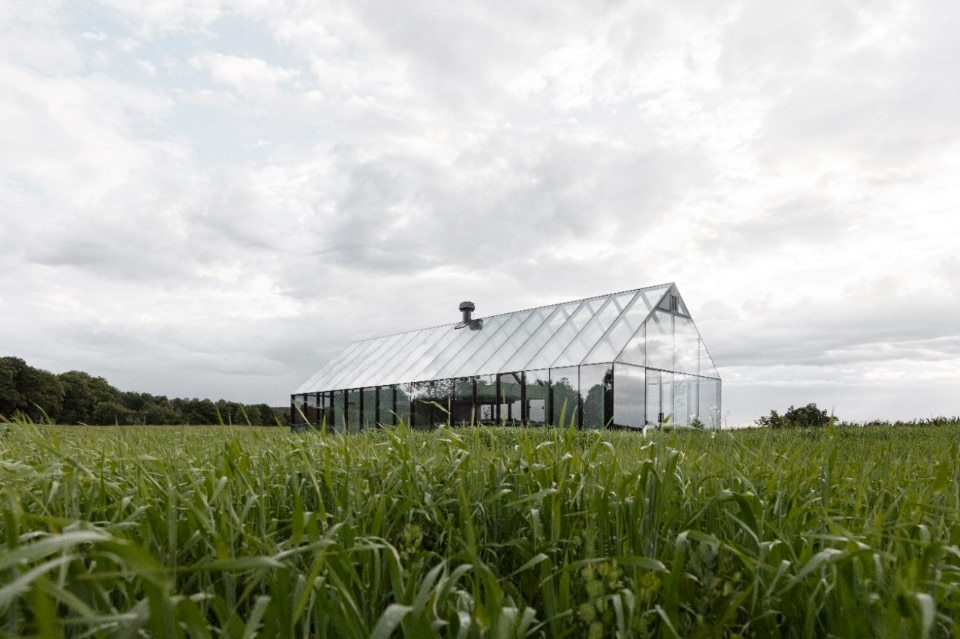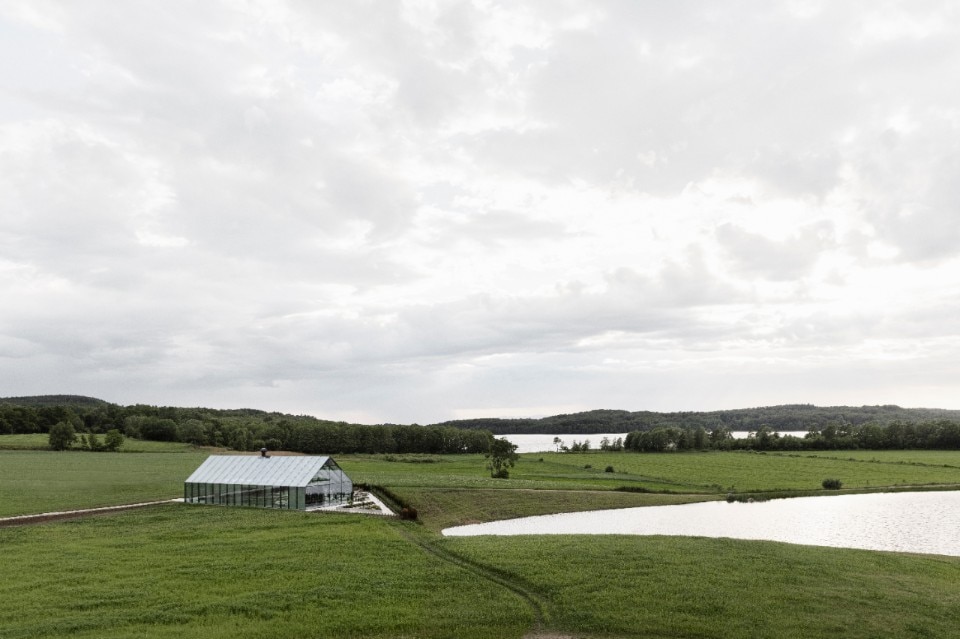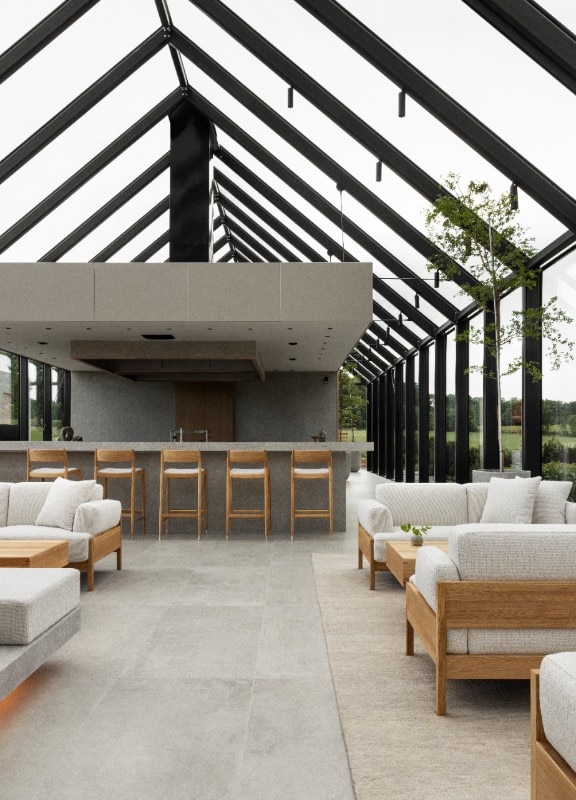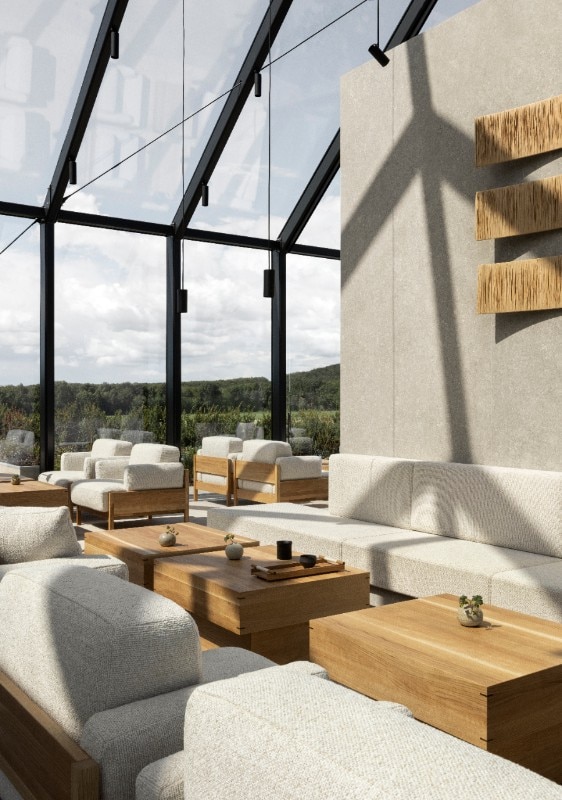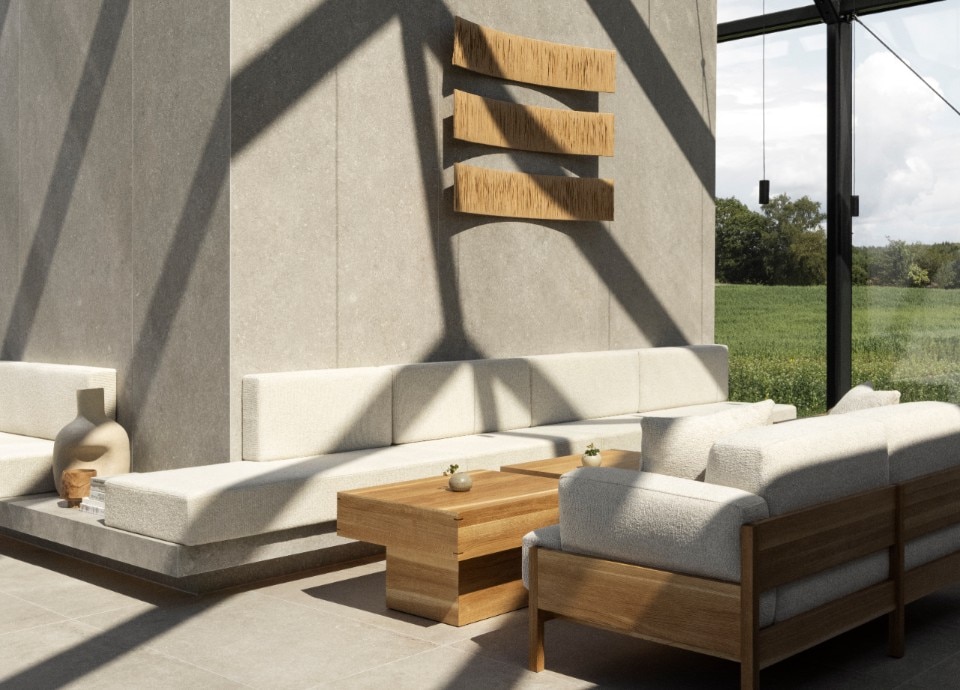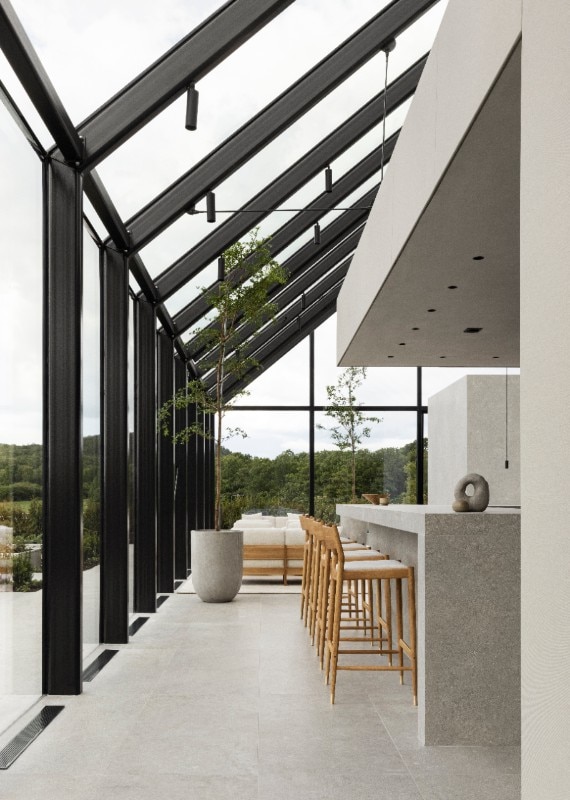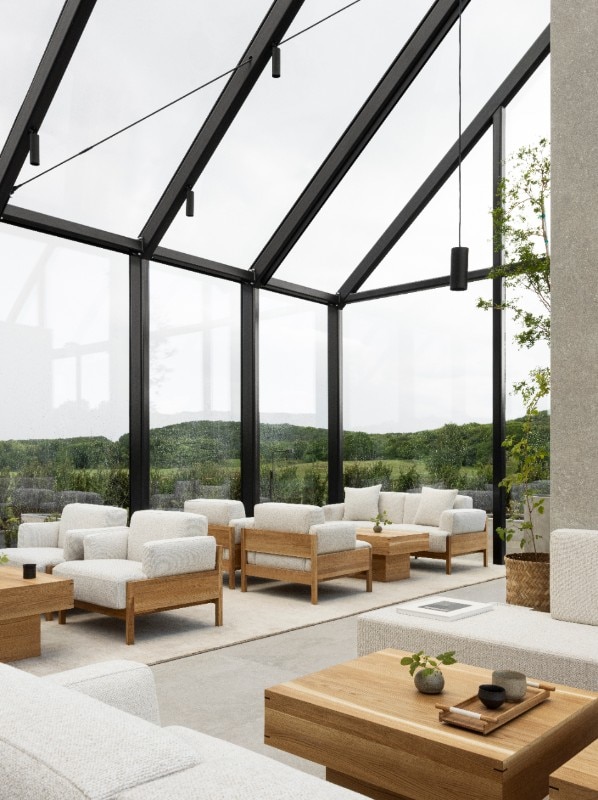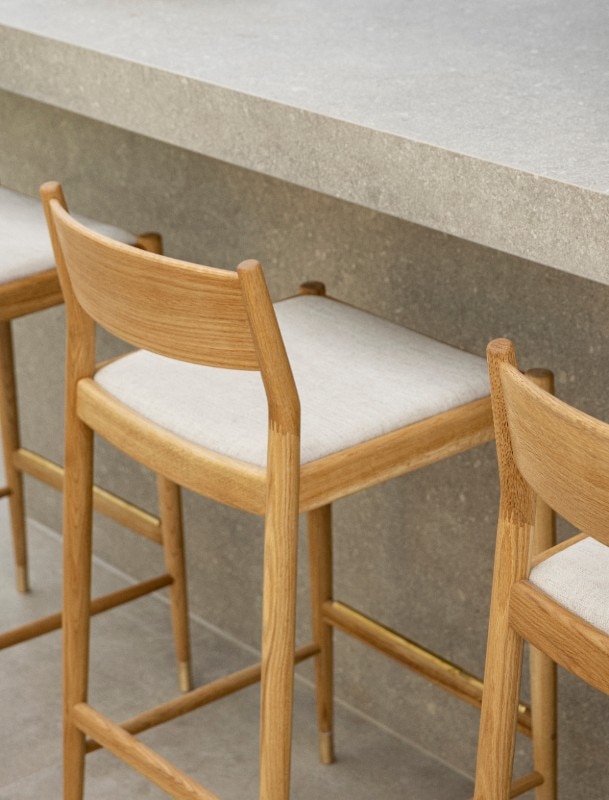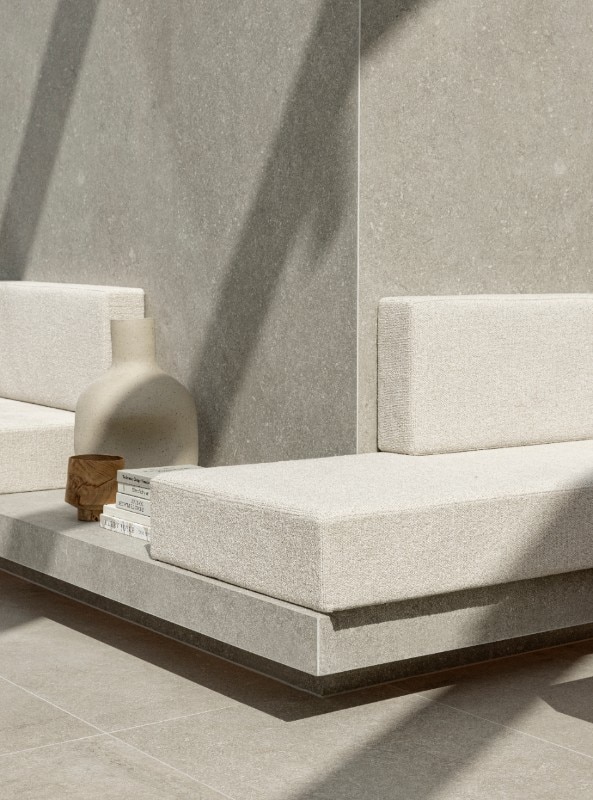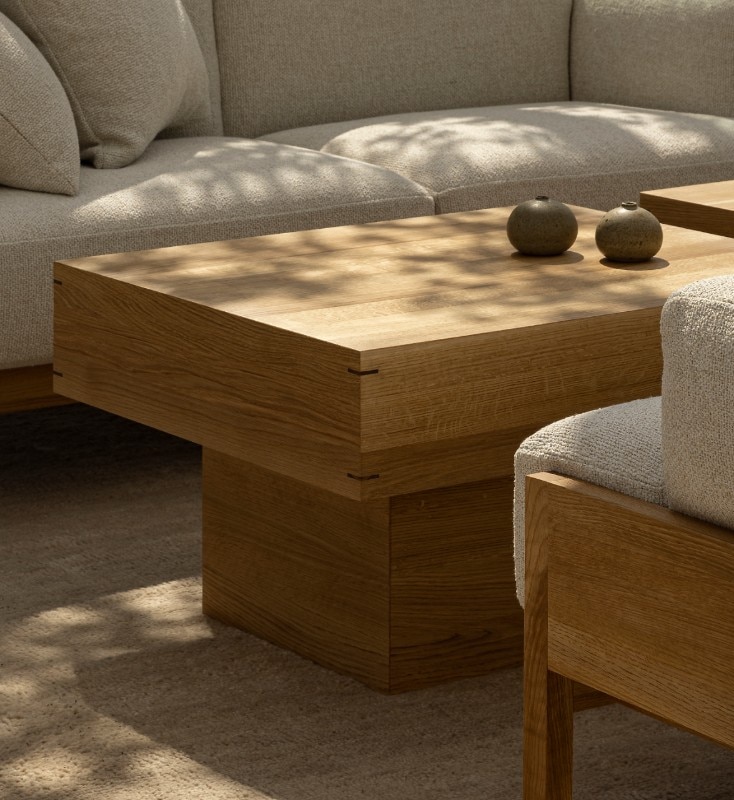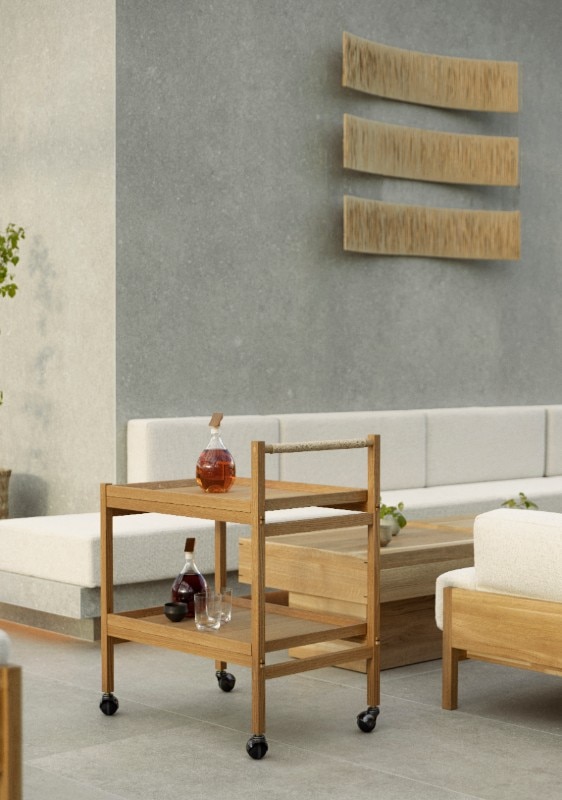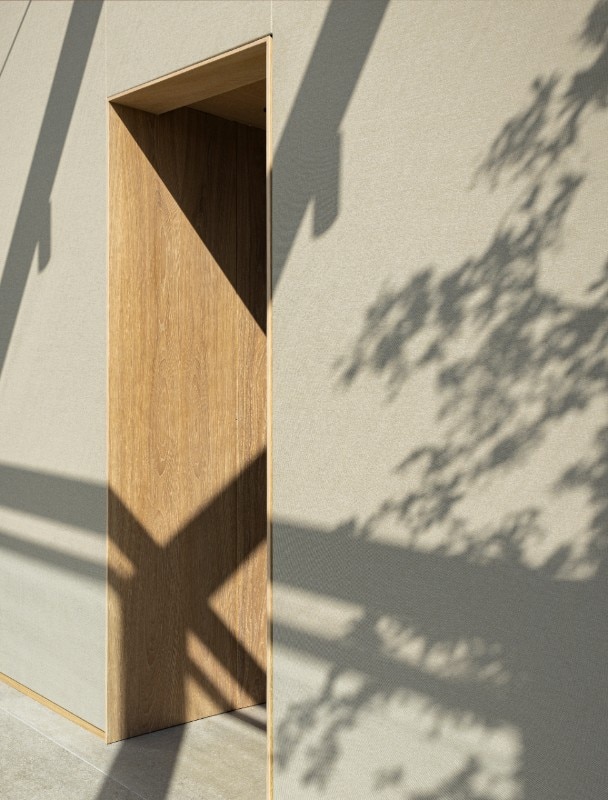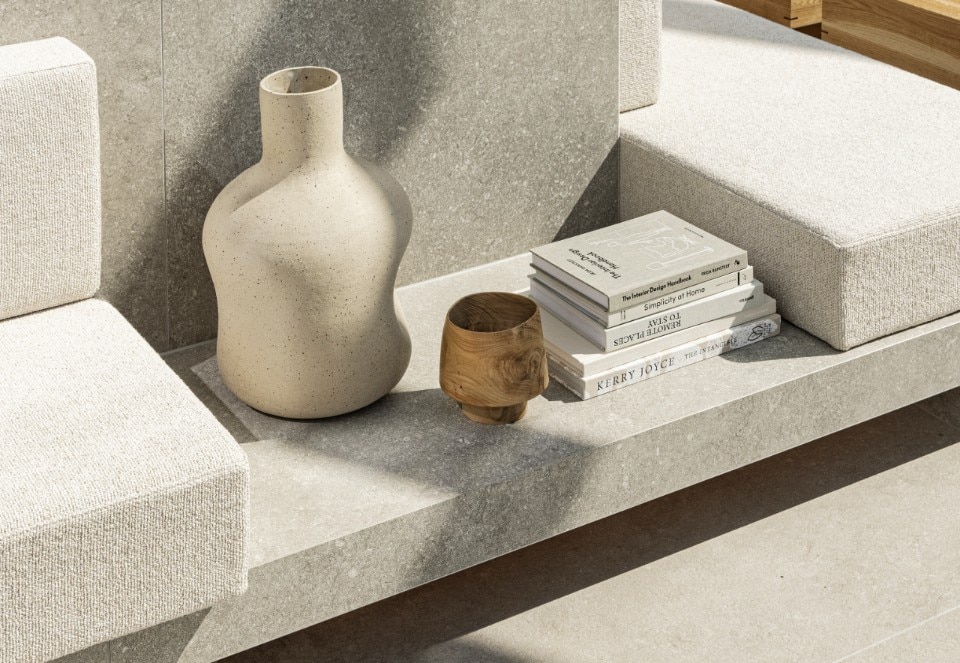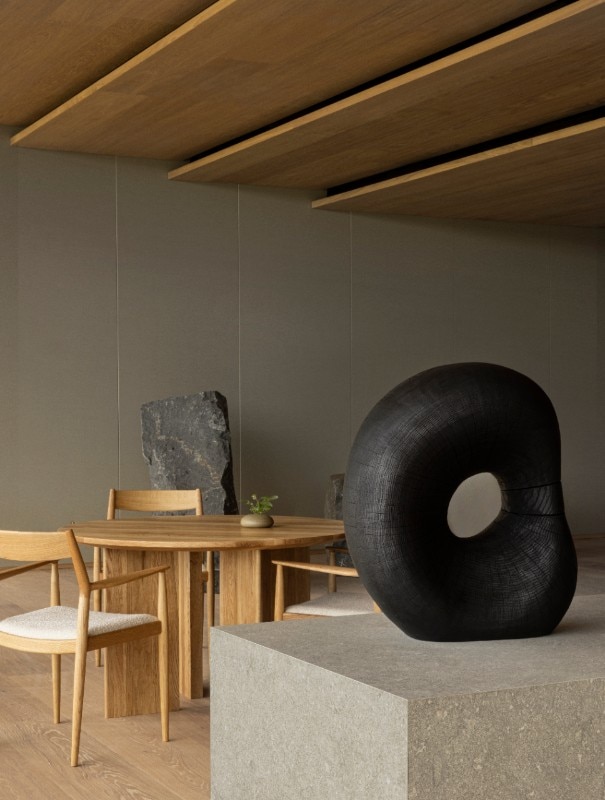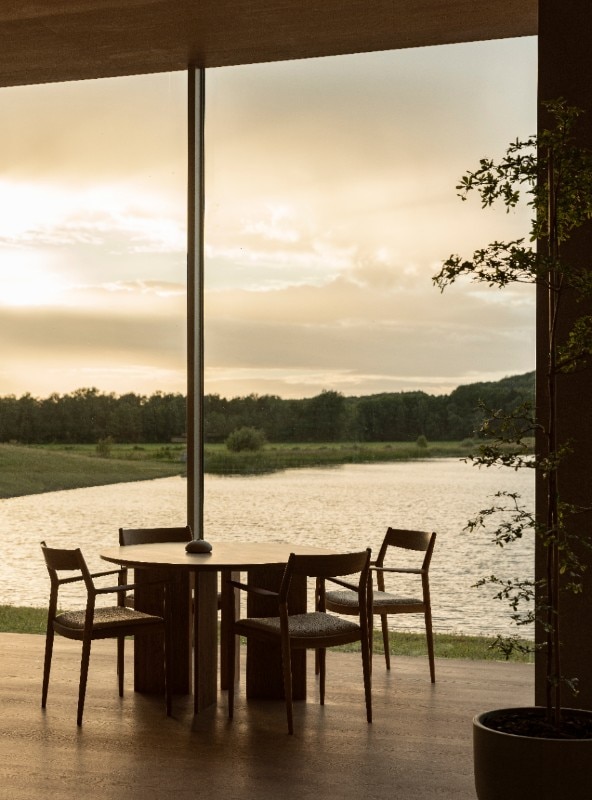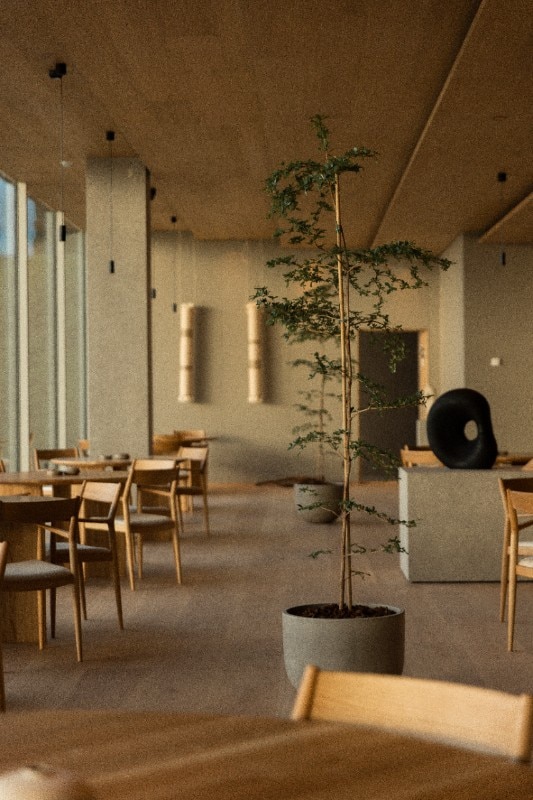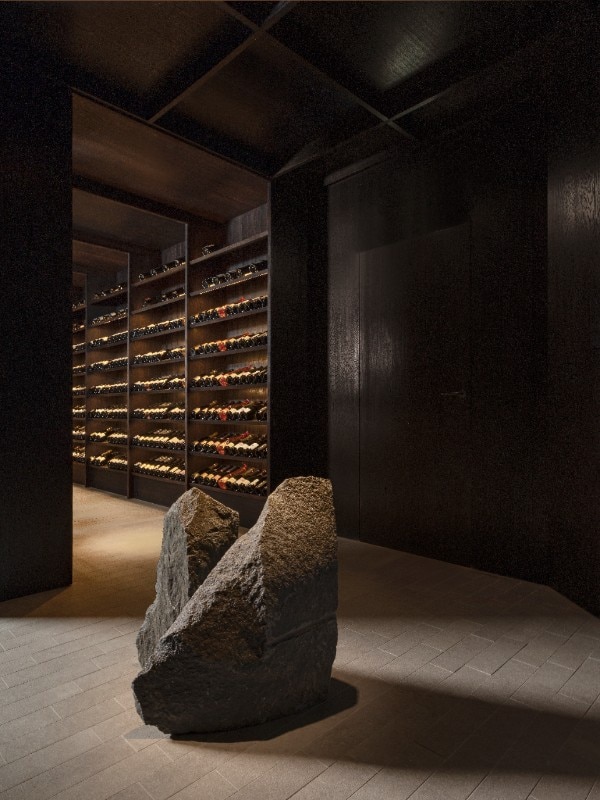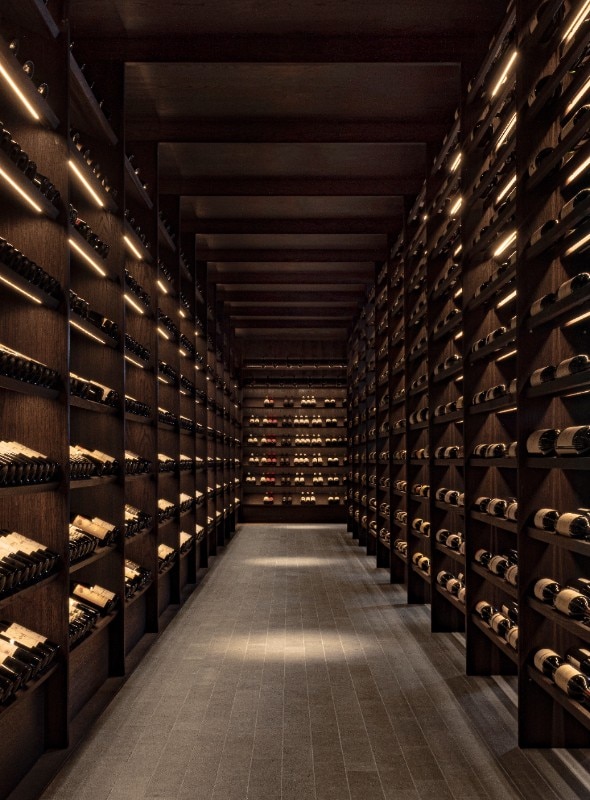Nestled in the countryside of southwest Sweden – an English-Tuscan combination for the level of anthropisation and care – Ästad Vingård is a high-end resort that offers a series of surprising features, especially for these latitudes: a spa, rooms and bungalows, a vineyard, a bistrot and ANG, a new Michelin-star restaurant. The compound’s deus ex machina is Daniel Carlsson, an explosive businessman who was able to capitalise off the estate his family has owned for generations.
Indeed, Carlsson envisaged the overall architecture of ANG, a succinct greenhouse resembling traditional Swedish homes and barns, in a panoramic location overlooking one of the countless lakes punctuating this region. As regards the interior and bespoke furniture design, he turned to Norm Architects and Keiji Ashizawa Design, who included this project in the case study series of Karimoku, a Japanese giant in the wood market. Danish the former and Japanese the latter, their contributions combine without contrast in environments with a soft colour palette, pairing surfaces in grey stone and light-coloured wood with the same materials cladding or composing most of the mobile and fixed furniture. Norm Architects calls this approach ‘soft minimalism’, standing out more for its elegance and attention to detail than its originality in a strict sense.
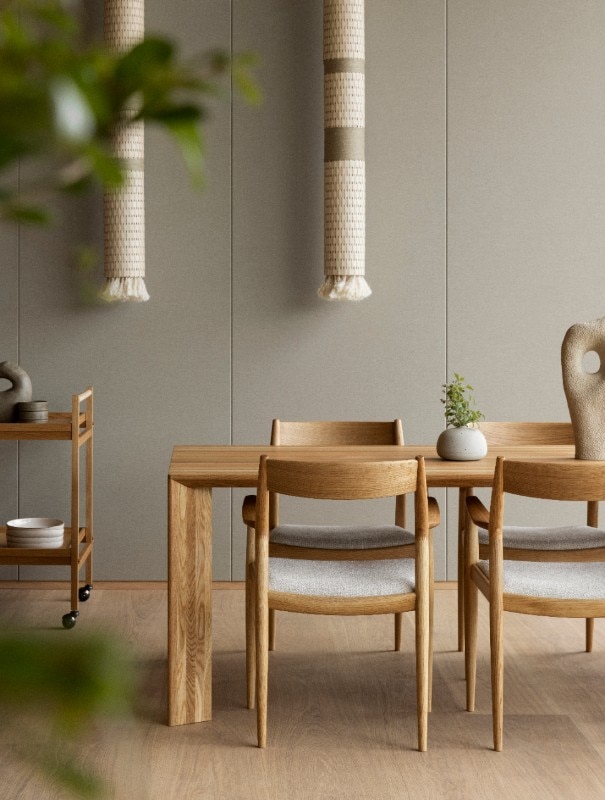
Instead, the sequence of spaces is the real element of surprise here: one of the two service blocks located on the greenhouse ground floor contains – or, more appropriately, hides – a lift leading to a lower level, which cannot be seen from the main entrance. Through a padded and dark environment of a cellar-winery with a lounge area, visitors access the main dining hall of the restaurant. An immense glass wall acts as a see-through backdrop to a space – perfect for its proportions, materials and brightness – finishing right on the edge of a small man-made pond, which is also unexpected.
Aside from the particular case of ANG, one final consideration can be made on the glass pavilion typology, a mixed blessing for modern architecture – from Mrs Farnsworth’s inconveniences with Ludwig Mies van der Rohe’s home-manifesto onward – and even more so at a time of climate change. At midday during a summer that seems more Mediterranean than Scandinavian, you cannot say the ANG greenhouse is comfortable: too hot, too much light and no screening. This problem can be easily resolved, but it forces us to reflect on how fast the evolution of the planet’s atmospheric conditions is challenging consolidated design practices.


